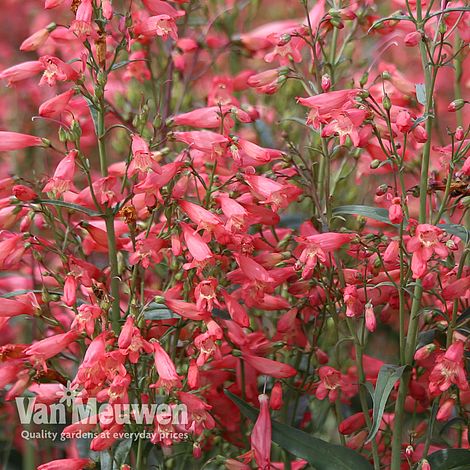

What a show-stopper! Standing cypress, also called Texas plume or scarlet gilia, has tall spikes that reach 2 to 5 feet tall. While this biennial is pushing the zones a bit, I am giving it a try in an area protected by some larger rocks. The red tubular flowers of standing cypress are beloved by hummingbirds and are deer-resistant to boot.
Penstemon twizzle full#
It takes full to partial sun and dry to medium soil. As with other penstemons, hummingbirds and other pollinators love it. Up to 3 feet tall, this penstemon begins blooming in late spring and continues right on through the summer. ‘Twizzle Purple’ was named an All-America Selections winner in 2017 for its purple color and for the fact that it blooms in its first year. You will find different types of penstemons scattered around my garden. Penstemon barbatus ‘Twizzle Purple’, Zones 5–8

This unusual penstemon blooms with a spray of deep purple flowers. Nodding sage does best in full sun with average soil. The showpiece is graceful flower spikes up to 5 feet tall with nodding purple flowers that bloom in mid-to-late spring.

Its large leaves form a basal clump about 18 inches tall. This unusual sage has been garnering much attention in the rock garden at the Gardens on Spring Creek where I work, so much so that I had to have it! The plant is native to the Eurasian steppe area, making it a great addition to Mountain West gardens, many of which have a similar steppe climate. Nodding sage is capped with an abundance of dangling, light purple flowers atop straight stems. Here are some interesting species and varieties I’m adding this year. I have many ground covers in my rock garden but wanted to add some taller plants. I look for full-sun plants that typically don’t require a lot of water however, for those that need a little more water, I use rocks to create planting pockets that hold water near the plants. As my rock garden has matured, I’ve tried adding new varieties of plants each year. I recently showed you how I built my own rock garden. Perennials do particularly well in our rock gardens. The variety of colors and textures they provide to our gardens maintains interest throughout the seasons while providing critical habitat for many pollinators. Less humidity, warm days, and cool nights provide the perfect conditions for many species to thrive. One of the many reasons I love the Mountain West is the astonishing number of perennials that thrive in our landscapes.


 0 kommentar(er)
0 kommentar(er)
